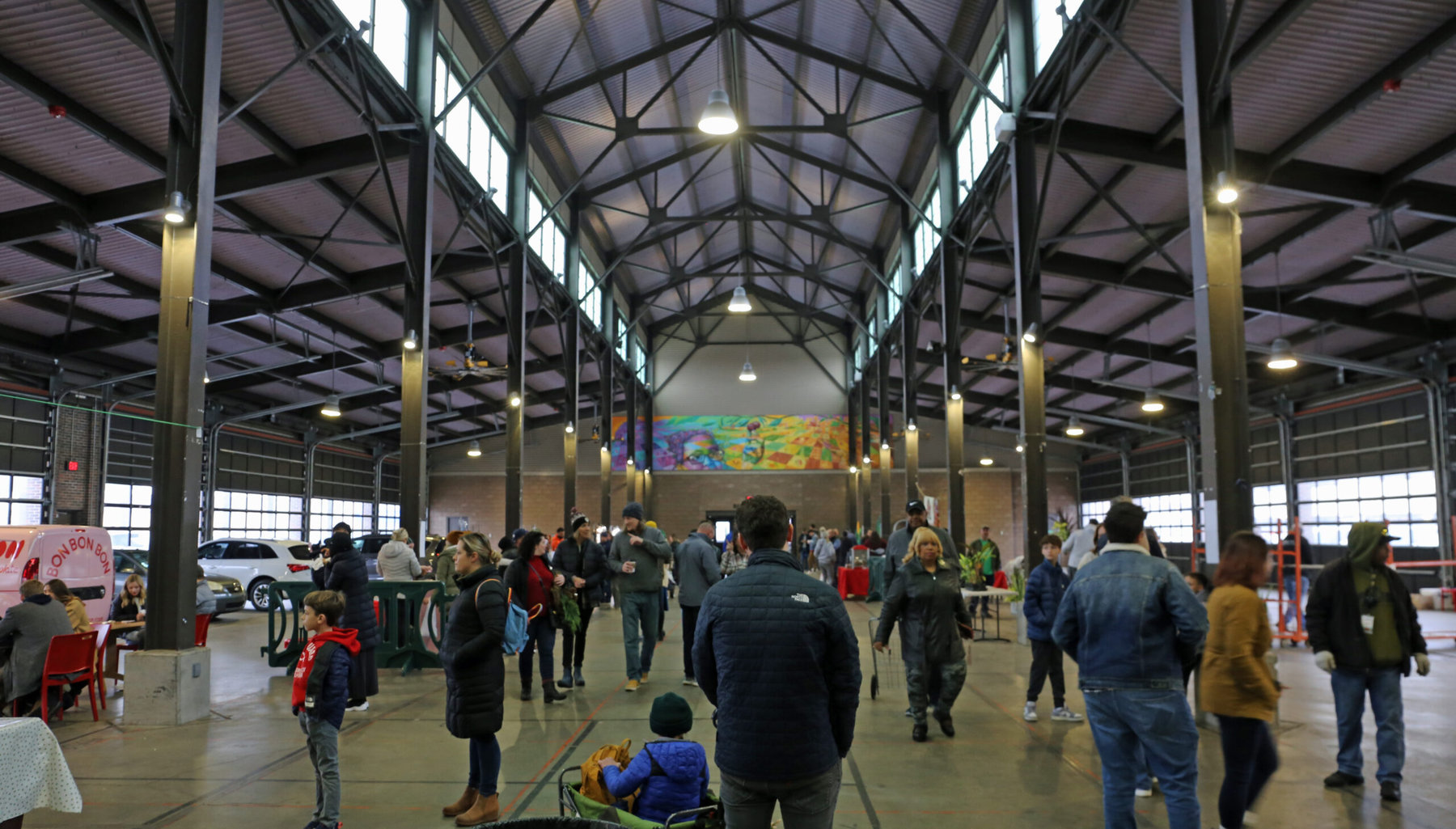A few days ago I argued that the Maker Movement finally depends on the ingenuity and effort of private entrepreneurs and of companies large and small — but that these efforts go much faster, further, and better when supported by a range of public-private collaborations.
This is consistent with the long lesson of American economic development (as Jacob Hacker and Paul Pierson have argued in their new book, and as I have discussed over the years), in which the nation’s dominant private industries — from agriculture and energy to info-tech and aerospace and bio-tech — have been sped by publicly funded research, training programs, regulatory standards, and trade policies. (Clyde Prestowitz has a very good new Washington Monthly article on the real history of America’s economic rise, here.)
The advantages of public-private partnership apply to the new Maker Movement as well. My wife Deb and I have reported on several aspects of this, for instance the way K-12 schools, community colleges, research universities, and local “maker spaces” have fostered local hardware skills. (Selected articles here.)
Here’s a list of several recent developments:
- The National Maker Faire is on this weekend — right now! — in Washington. If I were in town, I would be there.
- The White House has declared this the National Week of Making, running through next Friday. Enjoy.
- The White House has also just announced its Champions of Change award winners, in the maker category. Congratulations!
- In a similar vein, the Department of Education has released its own set of maker-related grant winners in the Career Technical Education (CTE) category. As Deb and I have chronicled over the months, CTE programs have repeatedly been the most inventive, practical-minded, and economically effective kinds of educational innovations we’ve seen around the country. Congrats to these winners too.
- My friend Peter Hirshberg just yesterday released online his Maker City Playbook, which is designed to collect, compare, and disseminate useful tactics from the most effective maker zones around the country. After the jump I have one sample passage from the book; I’ll say more about it in upcoming dispatches. For now, I encourage you to give it a look; the full text is available free, online. Congrats to Peter and his colleagues for carrying out the project and to the Kauffman Foundation, whose studies I have often cited, as the main underwriter. (For the record: Deb and I have no involvement with any of these groups except as followers of their work.)
In my “Can America Put Itself Back Together?” story, I included an 11-point checklist for civic success. The Maker City Playbook ends with this list of traits of cities that successfully foster startup manufacturing:
- Cross-sector collaboration. There is much evidence that when the public, private, and nonprofit sectors truly engage to solve a city’s problems, the results can be transformative. Examples include: The Brooklyn Navy Yard, experiments in municipal broadband in Chattanooga, TN; the collaboration of 250 organizations to remake learning throughout Pittsburgh, PA.
- Co-creation, crowdsourcing, and rapid prototyping are creating entirely types of products that can be manufactured inside the Maker City. Examples include: consumer appliances (FirstBuild, Nomiku Wifi Sous Vide), fashion and textiles (Crye Precision, Manufacture NY), and precision components (energy production, aerospace).
- Engage major research universities to work with Makers. Examples include: Carbon 3D, an advanced form of 3D printer that came out of Carnegie Mellon University and research into advanced material that–with funding from the Obama administration–is happening in collaboration with FIT and MIT.
- Embrace and support urban manufacturing in all shapes and forms but particularly advanced manufacturing as discussed in Chapter 6. The Urban Manufacturing Alliance is available to help you get experiments off the ground and achieve scale.
- Think small. Think local. At least at first, to get experiments off the ground. Only later, when you know something works, does it makes sense to scale it up, by expanding your reach regionally and/or nationally. Examples include: Pittsburgh Children’s Museum and Manufacture NY.
- Enable Makers to co-create public space. Large civic art and renewal projects are giving way to smaller, more guerrilla efforts. Examples include: urban prototyping, parklets in San Francisco; Makers working to rebuild Detroit in a phoenix-like fashion, taking back one blighted home at a time.
- Tap into young people as champions of change. Examples include: Ethan Toth of Wenatchee Washington who introduced his entire city to the power of Making; young people working with Fictiv and FirstBuild to manufacture precision parts. This isn’t child labor, it’s child capital, enabling young people to do productive work at an earlier point in their lives so as to build a lasting sense of agency and competency.




